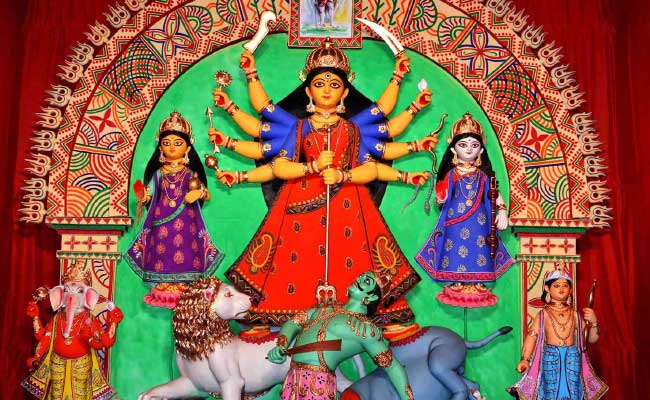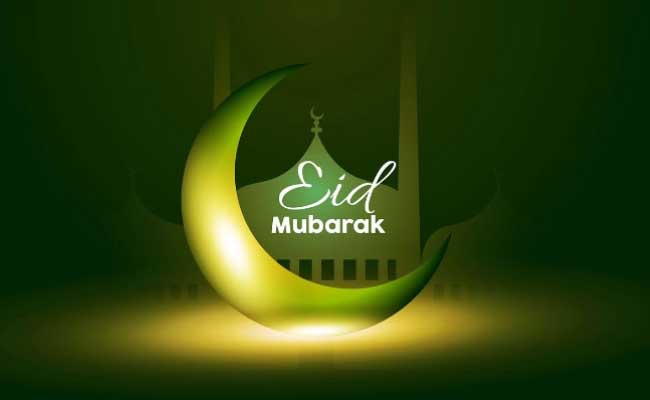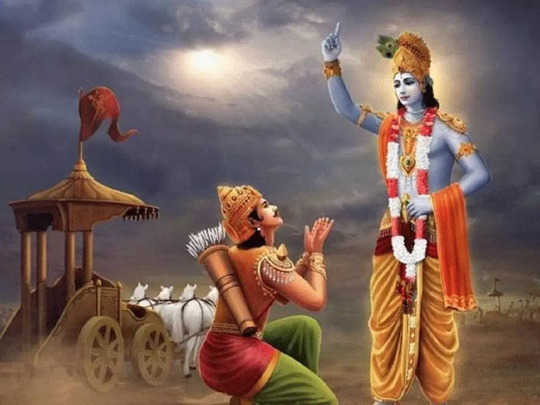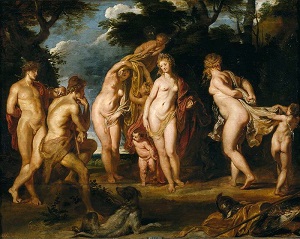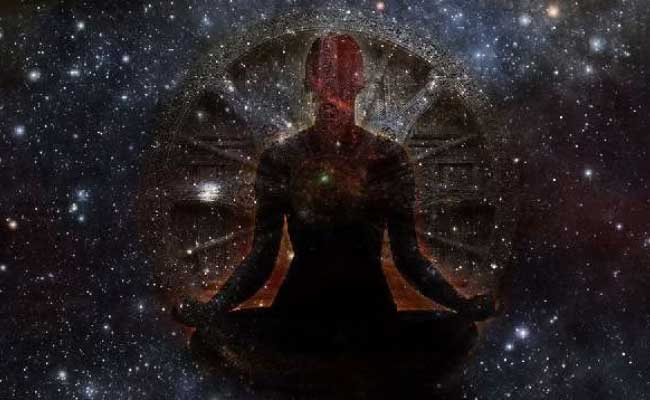Introduction: Goddess Durga is one of the most prominent and revered figures in Hindu mythology. Also known as Devi or Shakti, she is the embodiment of power, strength, and courage. The Hindu festival of Navaratri celebrates the triumph of good over evil, and the worship of Goddess Durga is an essential part of this festival. In this article, we will explore the mythological significance of Goddess Durga and the various stories associated with her.
Origin and Symbolism: According to Hindu mythology, Goddess Durga was created by the combined power of all the gods in order to defeat the demon Mahishasura. She is often depicted as a fierce warrior goddess, riding a lion or tiger, and carrying weapons in her multiple hands. The weapons she carries symbolize the various qualities she possesses – the trident represents courage, the discus represents wisdom, the sword represents power, and so on. Her ten arms also represent the ten directions of the universe, indicating her all-encompassing nature.
Stories and Legends: There are several stories and legends associated with Goddess Durga, each of which highlights a different aspect of her character.
The defeat of Mahishasura: Mahishasura was a powerful demon who had received a boon from the god Brahma, which made him almost invincible. He wreaked havoc in the world, and the gods were unable to defeat him. They then combined their powers to create Goddess Durga, who was able to defeat Mahishasura and restore peace to the world.
The battle with Raktabija: Raktabija was another demon who was almost impossible to defeat because every drop of his blood would turn into a new demon. In order to defeat him, Goddess Durga had to create Kali, another goddess who could drink the demon’s blood as it spilled from his wounds, thereby preventing new demons from forming.
The slaying of the demon Mahishasura
The story of Sati: Sati was the daughter of the god Daksha and was married to the god Shiva. However, Daksha did not approve of the marriage and refused to invite Shiva to a grand sacrifice he was performing. Sati went to the sacrifice anyway, but when she saw how her father was insulting her husband, she could not bear it and jumped into the sacrificial fire. Shiva was furious when he heard about this and destroyed Daksha’s sacrifice. He then roamed the earth carrying Sati’s body, and it was only when Goddess Durga appeared and convinced him to let go that he was able to move on.
The story of Rama and Ravana: In the epic Ramayana, the demon king Ravana kidnaps Rama’s wife, Sita, and takes her to his kingdom in Lanka. Rama then enlists the help of an army of monkeys and bears, and together they march to Lanka to rescue Sita. In the final battle, Rama is unable to defeat Ravana, who has been granted a boon that makes him invincible. It is then that Goddess Durga appears before Rama and gives him a powerful weapon, which he uses to slay Ravana and rescue Sita.
The significance of Goddess Durga: Goddess Durga is revered in Hindu mythology as a symbol of power, courage, and strength. She is worshipped not just during Navaratri but throughout the year as well. Her worship is said to bring prosperity, success, and protection from evil forces. In addition, she is believed to help her devotees overcome obstacles and difficulties in their lives. The festival of Navaratri, which is dedicated to her worship, is celebrated with great fervor and enthusiasm all over India.
![]()

